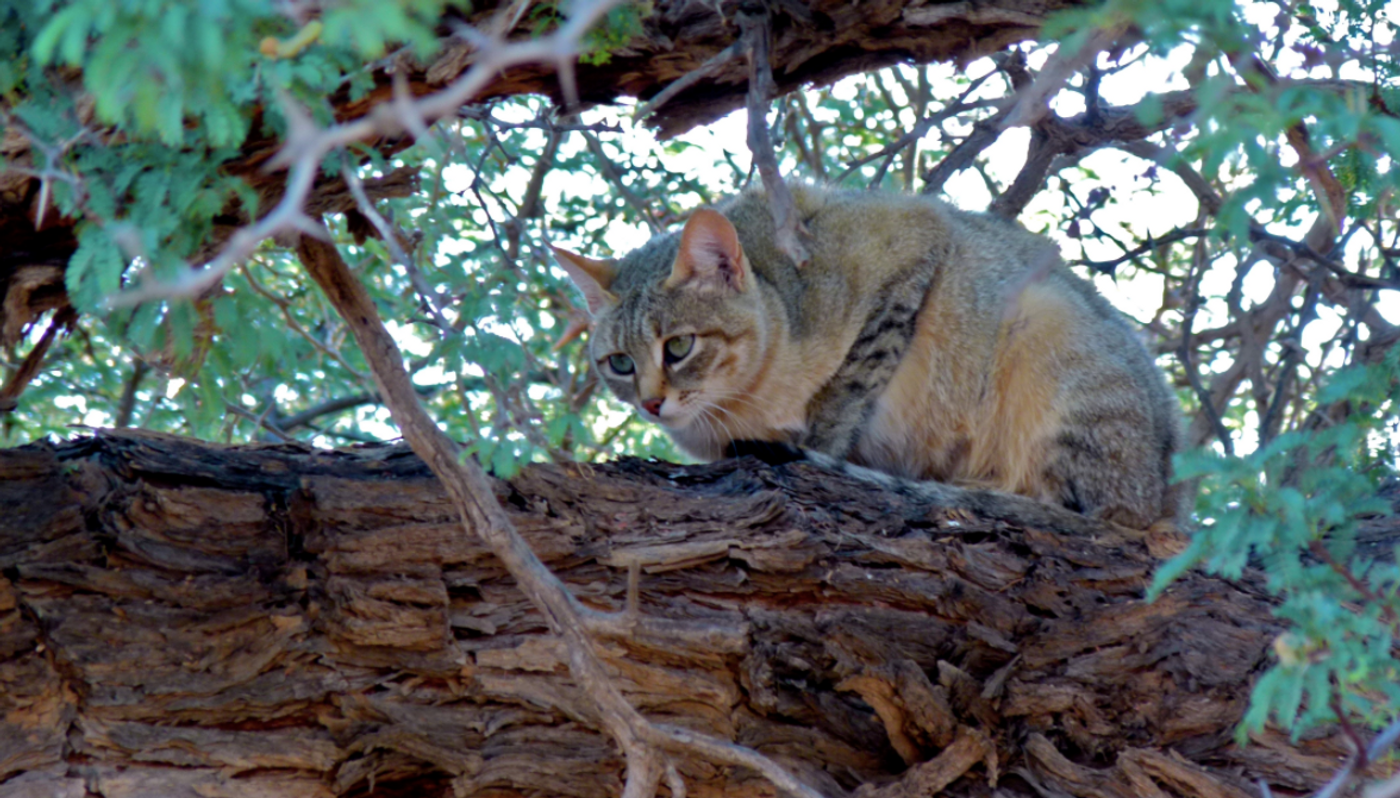Understanding Cat Domestication Through Mitochondrial Genetics
Cats have been traveling with people for thousands of years, carried around the globe by mariners, farmers, and Vikings. Research has analyzed genetic specimens from cats that lived at a variety of times between the 18th century and 15,000 years ago. Very little work has been done in this area, and we don’t know much about the genetics of domesticated cats. You can learn more about what we do know from the video below, by Nature video.
“We don’t know the history of ancient cats. We do not know their origin, we don't know how their dispersal occurred,” said Eva-Maria Geigl, an evolutionary geneticist with the Institut Jacques Monod in Paris. Last year, she presented a new analysis at the 7th International Symposium on Biomolecular Archaeology in Oxford, UK, with colleagues Claudio Ottoni and Thierry Grange.
Scientists have debated whether cats are truly domesticated; the house cat, Felis silvestris, may not be anatomically or behaviorally distinct from wild relatives.
This work indicated that cat populations likely grew in waves. One mitochondrial lineage arose in the Middle East, migrating to the eastern Mediterranean with farming communities. Geigl suggested that rodents were attracted to the grain stored by these groups, and they, in turn, drew cats. Humans may have found the cats beneficial, and tamed them.
Thousands of years went by, and Egyptian cats then began to spread through Africa and Eurasia. Egyptian cat mummies carried a mitochondrial lineage that was shared with cats in Turkey, Bulgaria, and sub-Saharan Africa. This same lineage, from the fourth century, was also identified at a Viking site sample dating to some time between the eighth and eleventh century around Germany. Sea-faring people may have liked cats for rodent control as well, noted Geigl.
Felis silvestris has five subspecies, and as the video notes, only one of those was tamed successfully - Felis silvestris lybica. In the wild, the native range of this small cat covers a wide area including Europe, Africa, Southwest and Central Asia, western China, and Mongolia. There are changes in the physical characteristics of wild cats according to geography, such as body size, fur length, and coloration.
The researchers want to continue their work to reveal more details about how the domestication of cats. It seems though that there is far more funding for research that investigates the genetic makeup of dogs. However, Geigl is ready for more studies. “We can do it, too,” she told Nature, “we just need money.”









